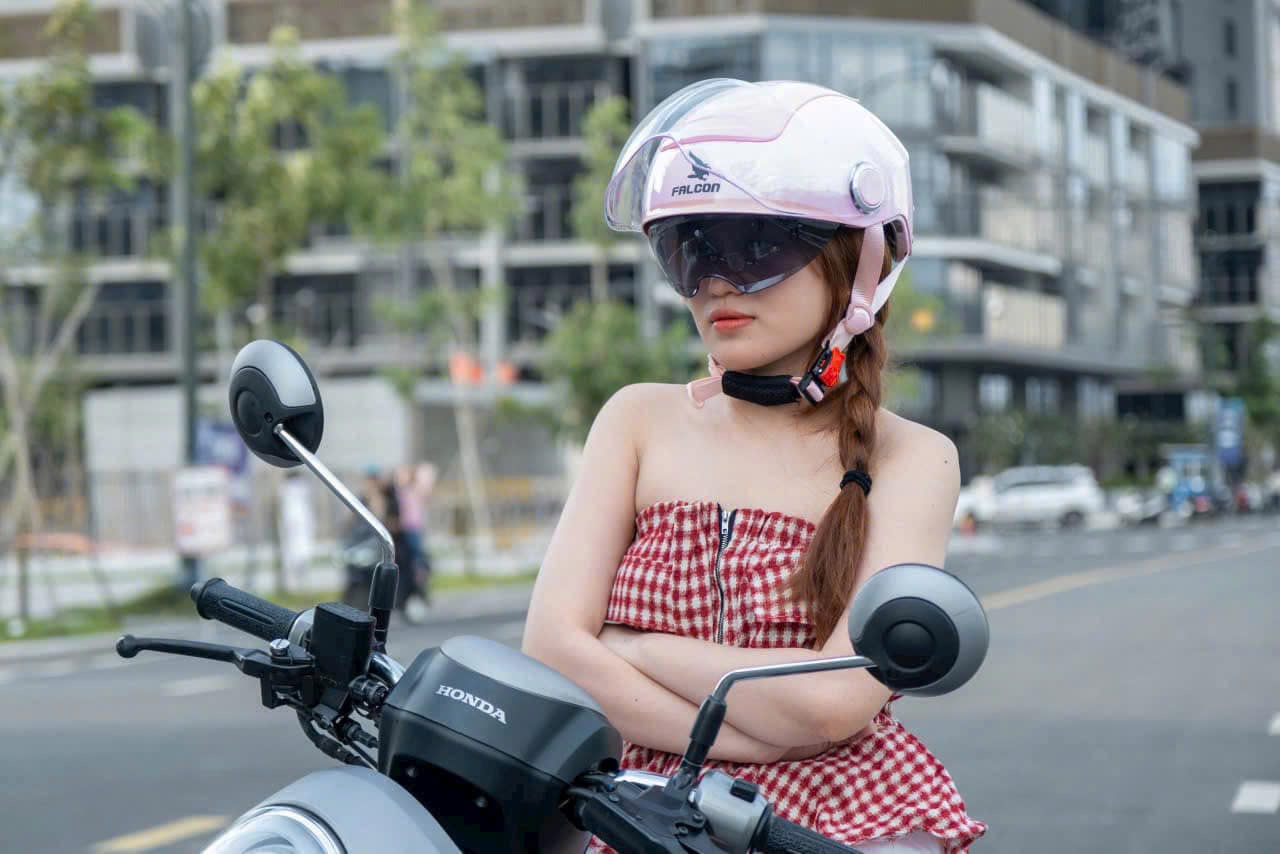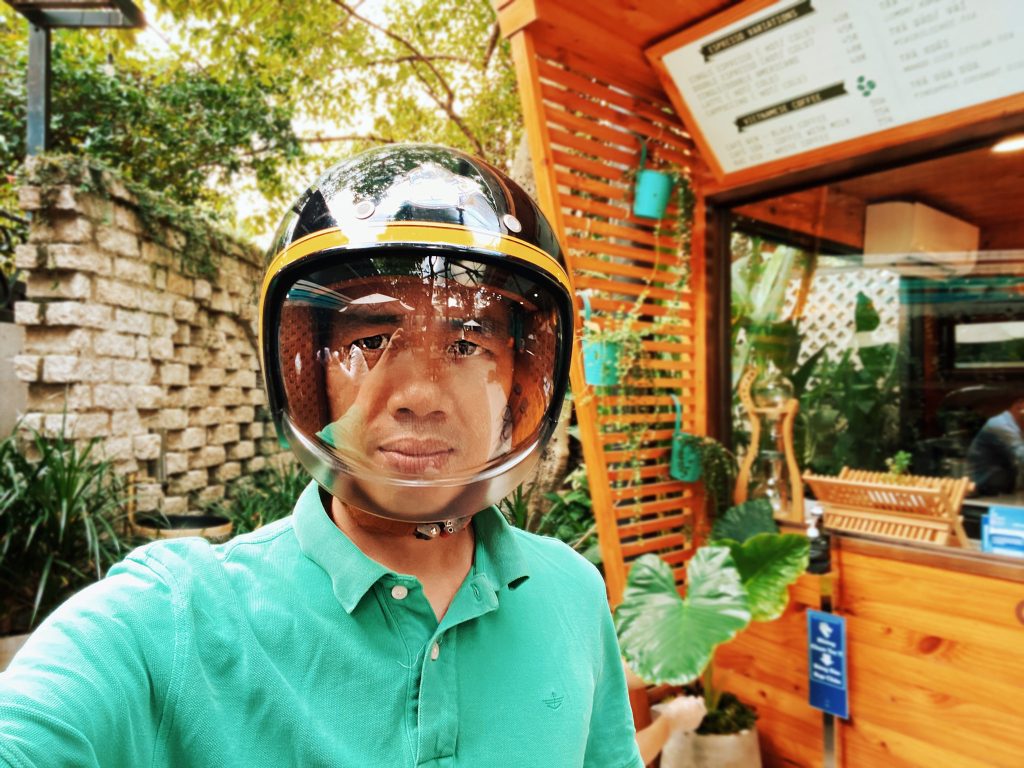When it comes to helmet safety, we often think about the structure, material, and overall design. However, one of the most overlooked aspects of modern helmets is the visor. The visor not only protects the eyes from wind, rain, and debris but also plays a critical role in safeguarding your eyes from harmful ultraviolet (UV) rays. As outdoor activities like motorcycling, cycling, and skiing become more popular, understanding the impact of UV protection in helmet visors is becoming increasingly important for both safety and comfort.
In this article, we’ll explore the significance of UV protection in modern helmet visors, how it works, and why it’s essential for the health of your eyes and overall safety.
Why UV Protection in Helmet Visors is Crucial
Ultraviolet (UV) radiation from the sun is not just harmful to the skin but also to the eyes. Long-term exposure to UV rays can lead to a variety of eye problems, including cataracts, macular degeneration, and photokeratitis (also known as snow blindness). This is why wearing a helmet visor with UV protection is a critical safety measure for individuals who spend extended periods outdoors, especially motorcyclists, cyclists, skiers, and others who are exposed to direct sunlight.

1. Prevents Eye Damage from UV Rays
UV rays are classified into three types: UVA, UVB, and UVC. While UVC rays are blocked by the Earth’s atmosphere, UVA and UVB rays can penetrate the eye and cause damage over time. Prolonged exposure to these rays can increase the risk of developing serious eye conditions.
- UVA Rays: These rays penetrate deep into the eye and are linked to long-term damage such as cataracts and macular degeneration.
- UVB Rays: UVB rays are the primary cause of sunburn and can lead to corneal damage, photokeratitis, and other short-term eye issues.
A helmet visor with UV protection helps block these harmful rays from entering the eyes, reducing the risk of long-term damage and enhancing comfort during outdoor activities.
2. Reduces Eye Strain and Fatigue
Exposure to bright sunlight and UV rays can cause significant eye strain and fatigue, especially during long rides or outdoor adventures. UV-blocking visors help mitigate this strain by filtering out the harmful rays while still allowing adequate light for visibility. This results in less squinting and more comfortable vision, even on bright and sunny days.
Additionally, UV protection helps prevent glare, which can be especially problematic for motorcyclists and cyclists riding on highways or open roads. Visors equipped with UV protection ensure that riders can enjoy a clearer, more comfortable view of their surroundings without the discomfort of harsh sunlight.
3. Improves Visual Clarity and Safety
For motorcyclists, cyclists, and athletes, visual clarity is essential for safety. A helmet visor with UV protection ensures that the eyes are shielded from bright sunlight, which can impair vision and make it difficult to see road signs, other vehicles, or obstacles. This clarity is especially important in high-speed environments where every split second counts.
- Protection Against Glare: UV-protective visors often feature anti-glare coatings that help reduce reflections and enhance contrast, making it easier to see the road ahead, even in difficult lighting conditions.
- Enhanced Focus: By reducing eye strain and glare, UV protection allows riders to maintain focus on their surroundings, improving reaction times and reducing the likelihood of accidents caused by vision impairment.
4. Improves Comfort During Long Rides
Extended exposure to sunlight without proper UV protection can cause discomfort in the form of dry eyes, burning sensations, or excessive squinting. A UV-protected visor offers a layer of comfort by blocking the harmful rays that contribute to these issues. This is particularly beneficial for riders who are on long trips or in sunny conditions for extended periods.
In addition to UV protection, some visors come with anti-fog coatings that improve comfort and visibility in changing weather conditions, ensuring that riders can focus on the road without worrying about their vision.

How UV Protection Works in Helmet Visors
Modern helmet visors are often treated with UV-blocking coatings that prevent harmful UV rays from reaching the eyes. These coatings are typically made from a combination of materials that can absorb or reflect UV radiation.
- UV-Filtering Coatings: Many high-quality visors are treated with special coatings that absorb UV radiation and prevent it from passing through the visor. These coatings are designed to block a high percentage of both UVA and UVB rays, ensuring maximum protection.
- Tinted Visors: Some helmet visors come with a tinted or darkened surface, which provides an additional layer of protection by reducing the amount of sunlight entering the eyes. While tinted visors are effective at blocking glare and improving comfort, it’s important to choose a visor that offers both UV protection and proper tinting for safety purposes.
Some advanced visors also feature photochromic lenses, which automatically adjust their tint based on the amount of sunlight. This technology enhances comfort by darkening the visor in bright sunlight and lightening it when the light conditions are dimmer.
Choosing the Right Helmet Visor with UV Protection
When selecting a helmet with a visor that offers UV protection, there are a few key factors to consider:
1. UV Protection Rating
Not all visors offer the same level of UV protection. Look for visors that provide 100% UVA and UVB protection, ensuring that your eyes are fully shielded from harmful rays. High-quality helmets and visors will clearly state their UV protection rating, so check the product specifications before making a purchase.
2. Visor Tinting
In addition to UV protection, consider the level of tinting provided by the visor. Darker tints are ideal for bright, sunny conditions, while lighter tints may be better for overcast or shaded environments. Some helmets offer interchangeable visors, allowing you to switch between different tints depending on the weather and lighting conditions.
3. Anti-Scratch and Anti-Fog Coatings
Look for helmet visors that feature anti-scratch and anti-fog coatings. These coatings not only protect the visor from damage but also help maintain clarity during humid or cold conditions. Anti-fog coatings are especially beneficial for motorcyclists or cyclists riding in varying temperatures, as they prevent the visor from fogging up and impairing vision.
4. Helmet Fit and Comfort
While UV protection is essential, it’s equally important to ensure that the helmet fits properly and provides maximum comfort. A well-fitting helmet will not only offer better protection but will also ensure that the visor stays securely in place during rides, providing optimal visibility.
Conclusion
UV protection in modern helmet visors is not just an added feature; it’s an essential component for anyone who spends time outdoors, especially in direct sunlight. By blocking harmful UVA and UVB rays, UV-protective visors safeguard your eyes from long-term damage, reduce eye strain and fatigue, and improve visual clarity for safer riding.
When choosing a helmet with a visor, it’s important to consider UV protection, visor tint, and other added features such as anti-scratch or anti-fog coatings. By selecting a high-quality, UV-protective helmet visor, you can enhance your comfort, safety, and overall riding experience, ensuring that your eyes stay protected and your focus remains sharp.
Stay safe and ride with confidence by investing in a helmet that offers comprehensive UV protection—your eyes will thank you in the long run.


